Above the 60th
The Northwest Territories is big, I mean bigger than can be imagined. We thought Texas was big, we thought Ontario was big but this was all before we crossed the 60th parallel and entered Mr. Big himself, the Northwest Territories. Reaching all the way to the Arctic Ocean and beyond, the NWT features the longest rivers, deepest lakes, largest national parks and biggest horse flies of Canada and seems to thrive on its unique frontier position in the country. And on top of all this it has only 41,000 inhabitants. It left us speechless.
The NWT has only 32 communities and half of them are only reachable by air. Many of the roads are only usable in winter when lakes and rivers freeze over and drivers are able to cross land which would otherwise be impassable. The original inhabitants of this land survived through their knowledge of the land, animals, waters and weather. It cannot be overstated what an amazing existence this must have been before trappers, missionaries and prospectors came to the region.
Our exploration of this extraordinary, if not numbingly endless, land was just after we crossed the 60th parallel and camped at Twin Lakes Gorge Territorial Park which features the muddy torrents of Hay River and its beautiful Louise Falls and much higher Alexandra Falls. We walked along the ancient path the Dene people used to portage these falls for centuries and marvelled at the roar of the falls and caramel-coloured water rushing over these two high cliffs.
With a certificate of achievement from Mrs. Officious at the local tourist information centre for having come so far firmly in hand we headed ever northward, through the endless spruce and pine, catching glimpses of sub-arctic lakes and snow-melt streams, passing the aboriginal community of Enterprise (population 87), skirting Great Slave Lake, until we hit the banks of the mighty Mackenzie River.
Named after a Scotsman who travelled the entire 1,700 km length of the river to the Arctic Ocean in 1789 (now that must have been an adventure!), the Mackenzie has been the spinal cord of First Nation tribes in this region since the beginning of time and for fur trappers, explorers and prospectors ever since. It is fed by huge rivers in their own right and usually runs between two and five kilometres wide. Its water catchment area is one-fifth of Canada and the second largest of North America.
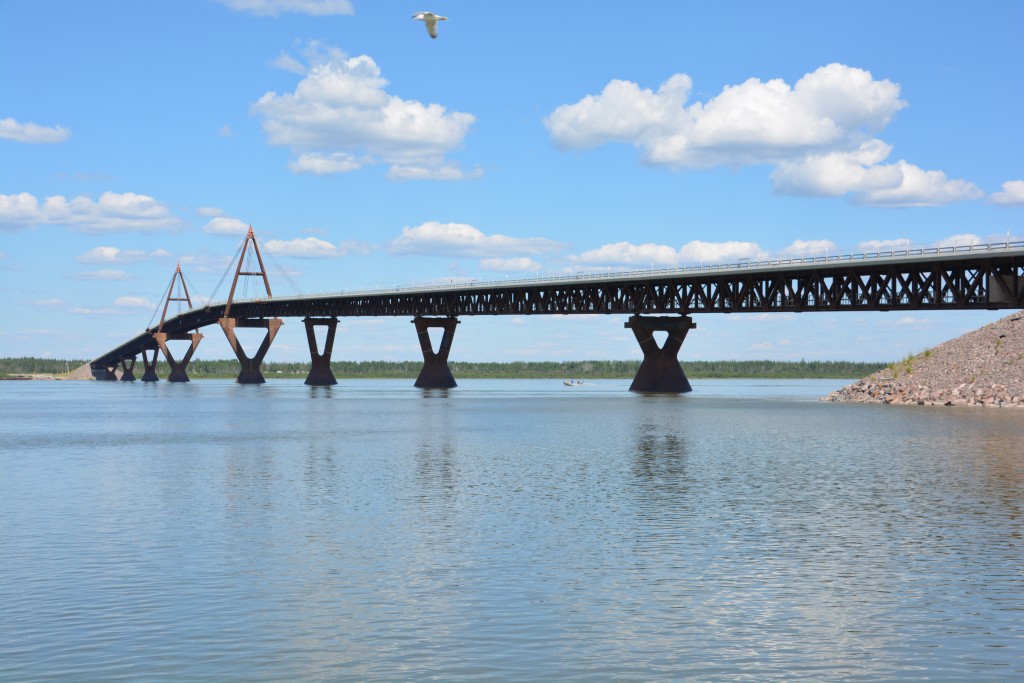
The Mackenzie River just blew us away – so big and yet such a key part of exploring and settling this vast region
A couple of years ago they finally built a bridge across the river, an engineering feat considering the length of the crossing, the remoteness and the harsh winters it must endure. We came to the bridge and stopped for photos, only to be entertained by a huge bald eagle as it ate it’s prey on the river’s banks, closely watched by other birds who were hoping for the scraps. We then crossed the bridge and entered the huge Woods Bison Wildlife Sanctuary where these rarer of the two kinds of bison roam in their thousands.
We stopped at the indigenous community of Fort Providence (population 700) to admire the river from the town’s streets and get petrol at inflated prices. These people live in an extraordinarily remote spot and have very little commerce in their town but despite the dirt roads and minimal facilities we saw that their modest homes were relatively tidy and it wasn’t as bad as some local communities we had seen.
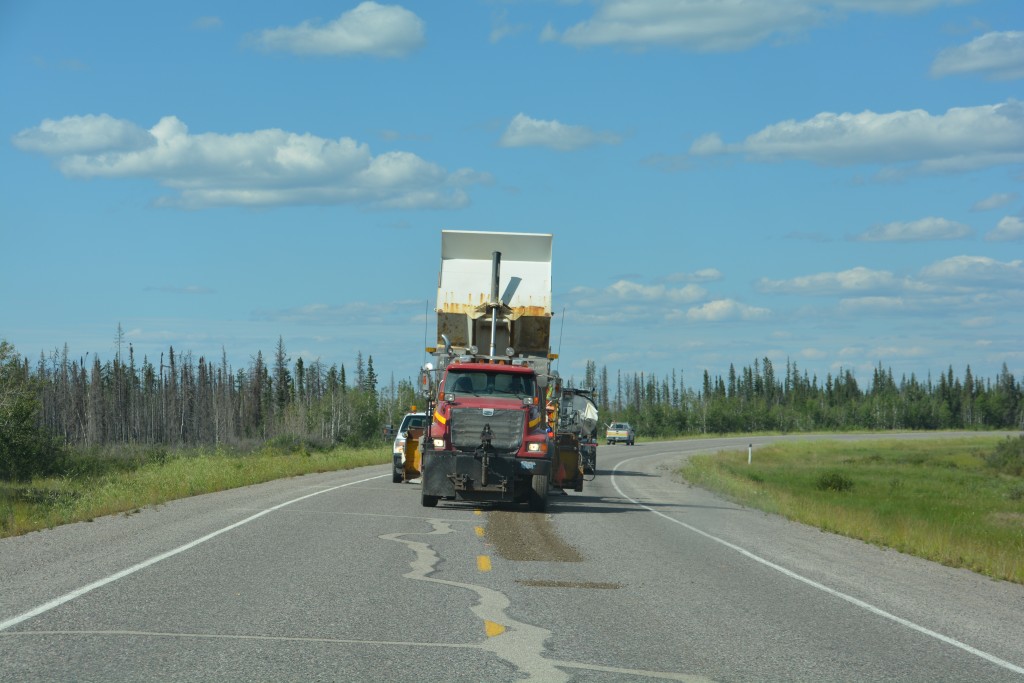
There seemed to be constant roadwork but it was all very casual for the drivers – not really sure where I’m supposed to be when I came across this guy
Further north we camped for the night in an open clearing off the road after passing through the unmarked and unheralded bison sanctuary. The sun was still high and hot at 9pm when I barbequed with sunglasses on and Julie was talking about putting on sunscreen. Moments later during our dinner in the shade of Tramp we heard a noise in the bushes, then again, then a herd of huge Woods Bison, emerged from the edges of the clearing near us, casually grazing as they came out in the open. There were perhaps 20 or 30 of them including young calves and some impossibly big senior males.
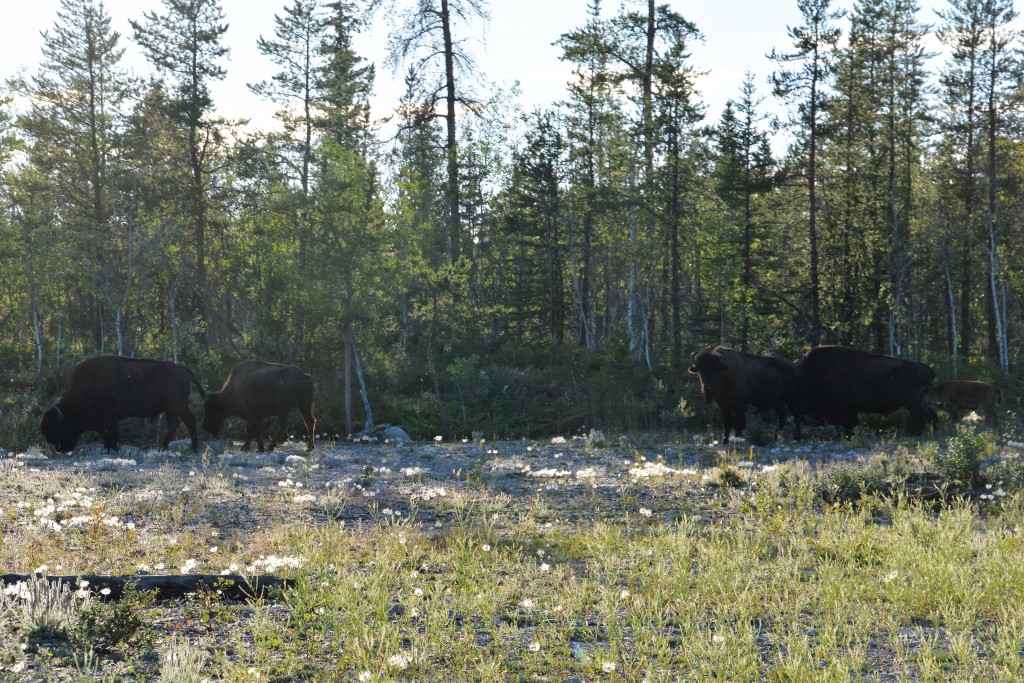
Squinting into the sun at 9pm (therefore not great photos) we saw this herd of bison skirt our camping area
Woods bison are the bigger of the two kinds (we have seen plenty of the more common Plains bison over the last few weeks) with a distinct hump back and a long goatee. They are both intimidatingly massive and handsomely elegant, commanding instant respect yet being fairly casual about it all, as long as they don’t get challenged.
We scrambled from our dinner table, the bison only 70 metres from us, grabbed the camera and squinted directly into the sun as these magnificent beasts casually grazed as they strolled by. The largest of the bison, with a head the size of a dishwasher, stopped for a moment and stared at us, a swarm of insects mimicking his every move. But we were downwind and decidedly unthreatening so with a swish of his tail he moved on. Within a moment or two they were gone, as if nothing had happened.
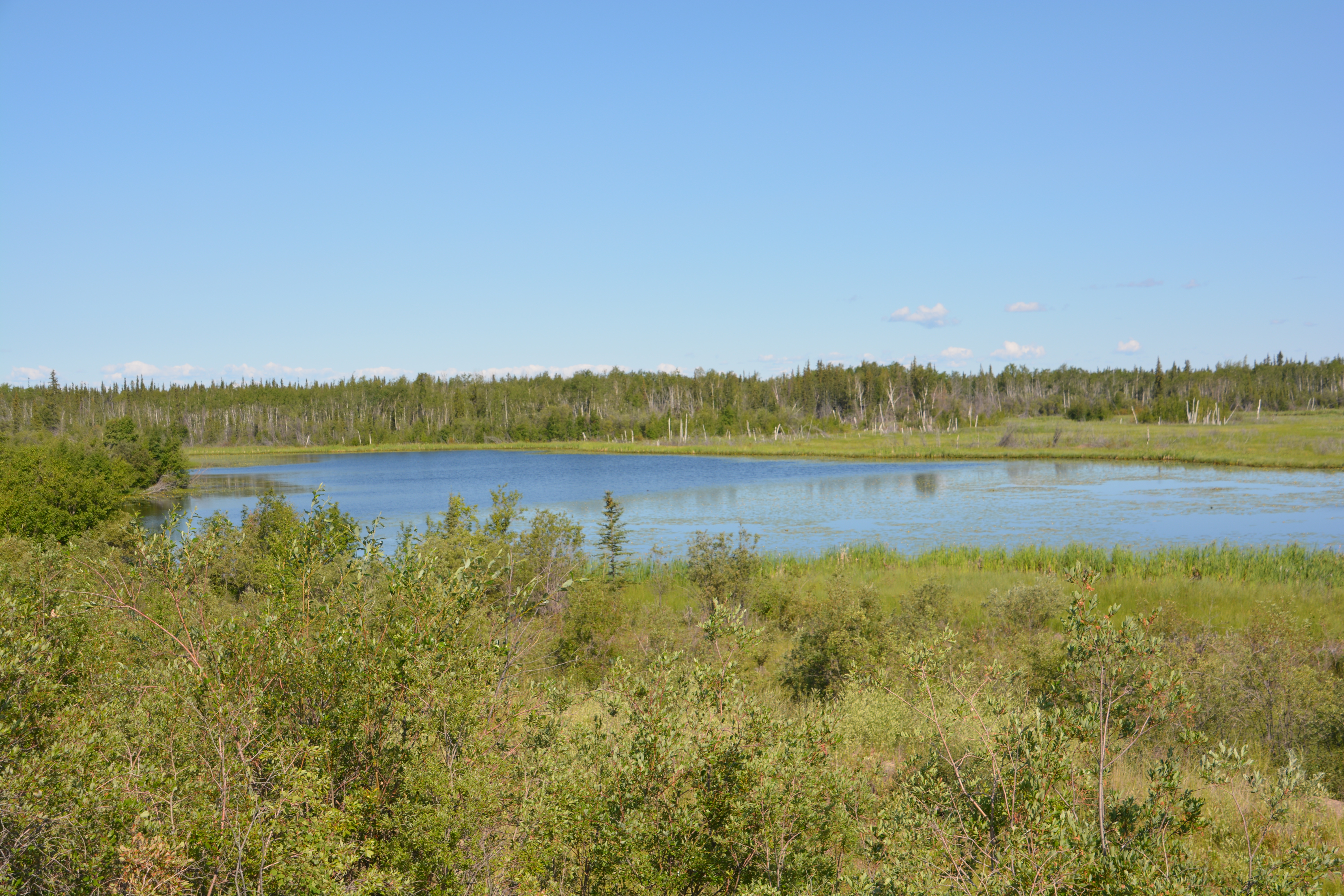
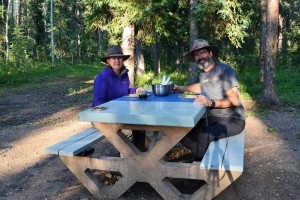
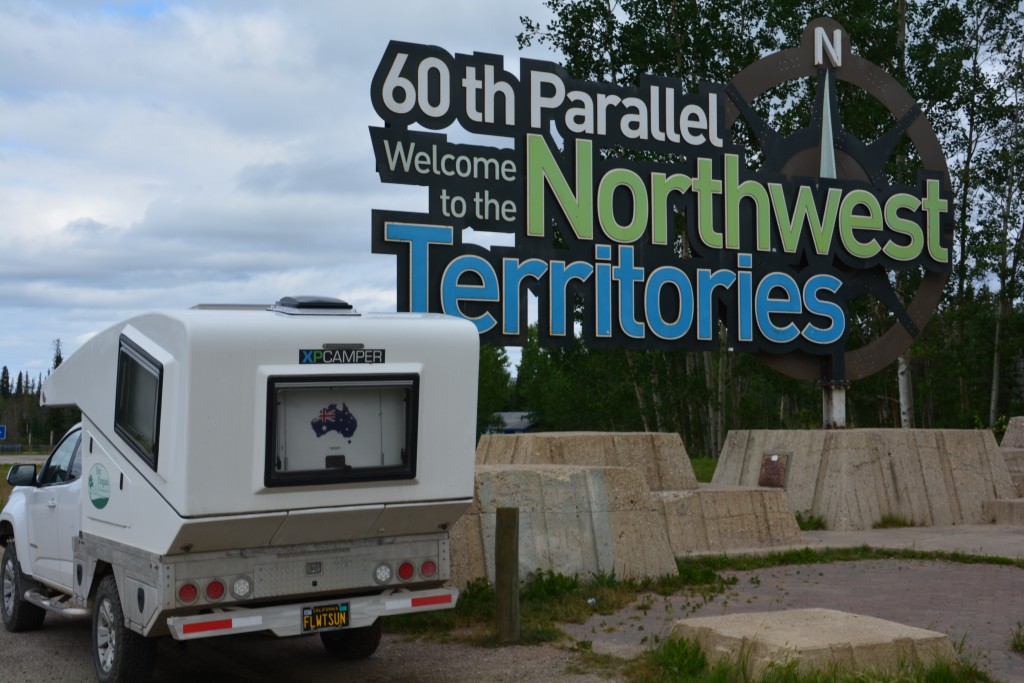
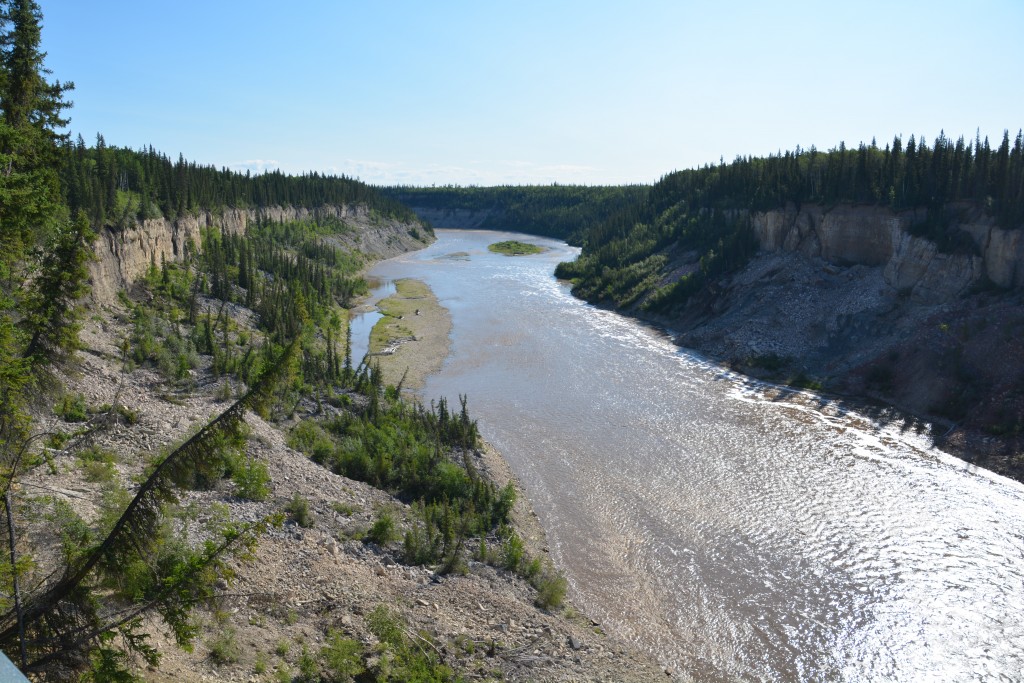
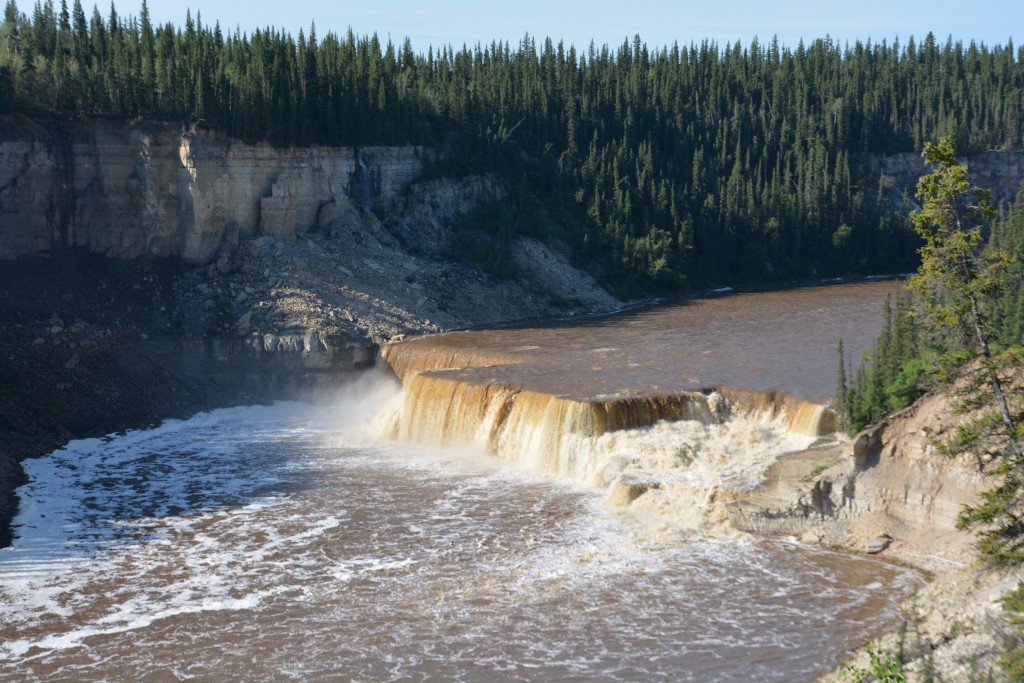
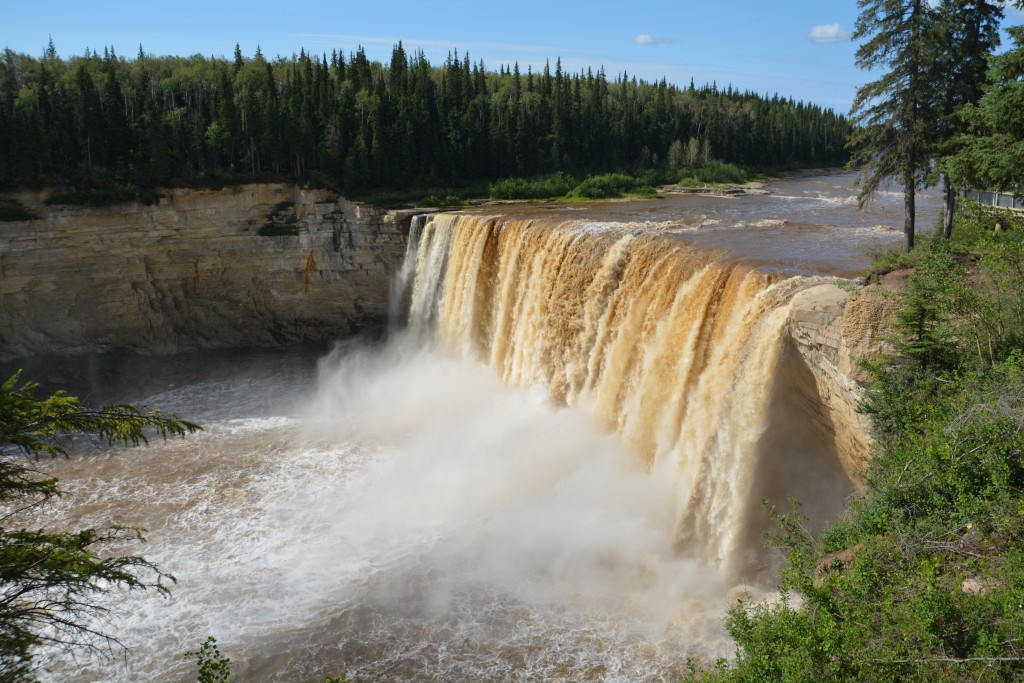
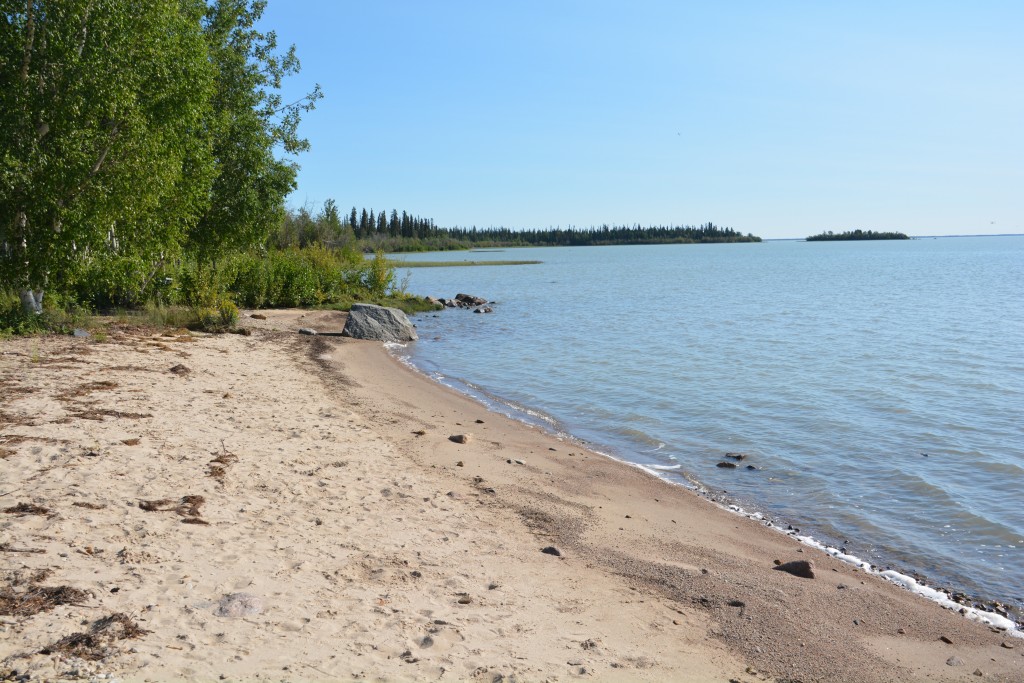
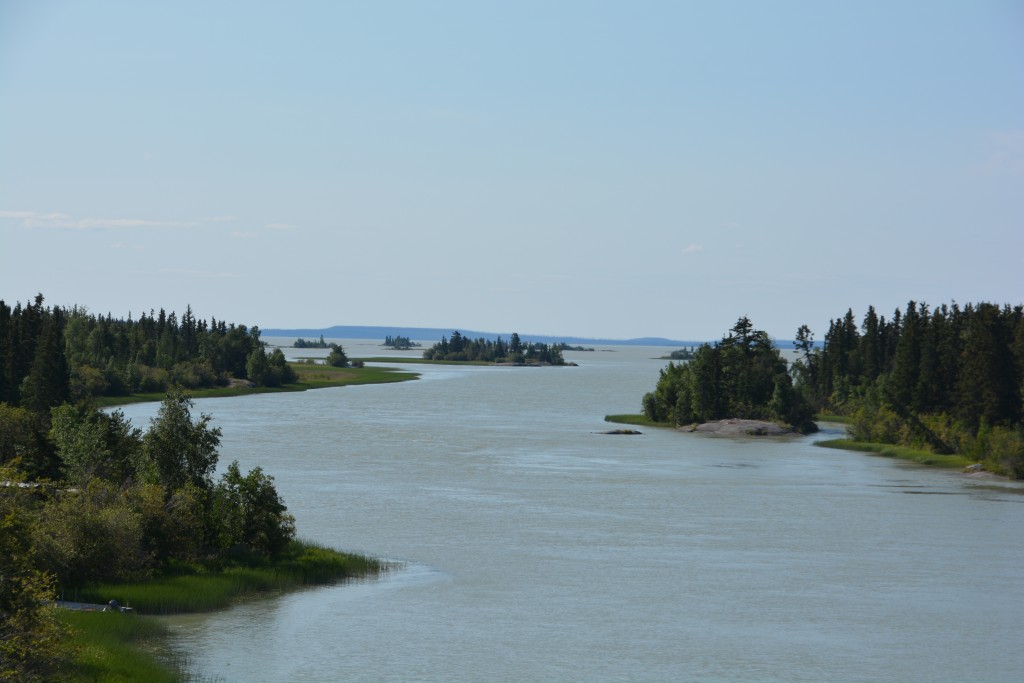
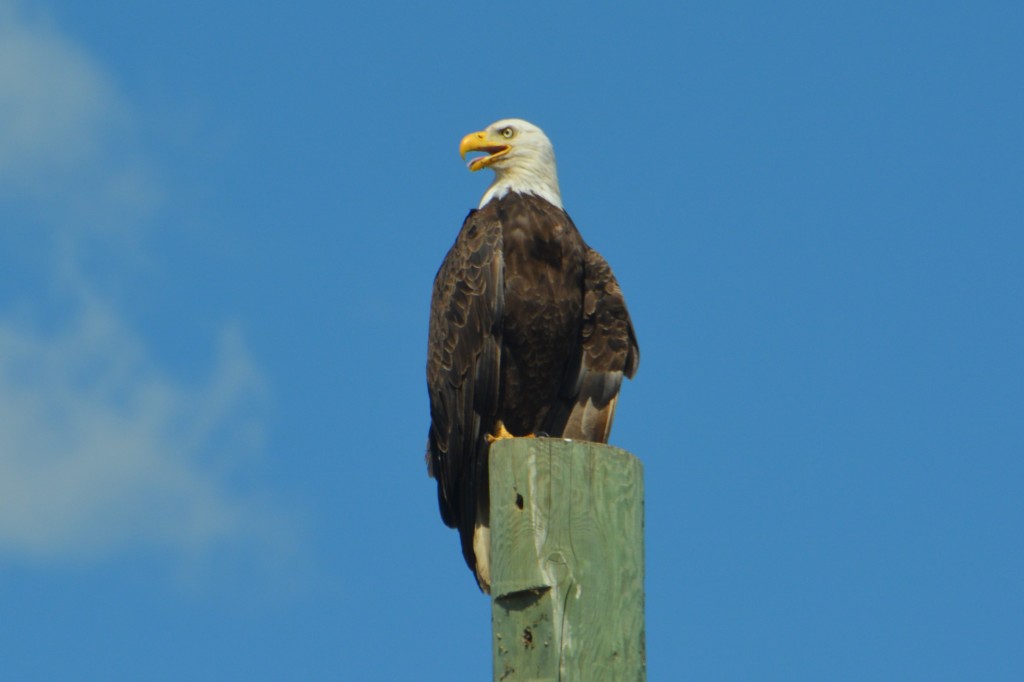
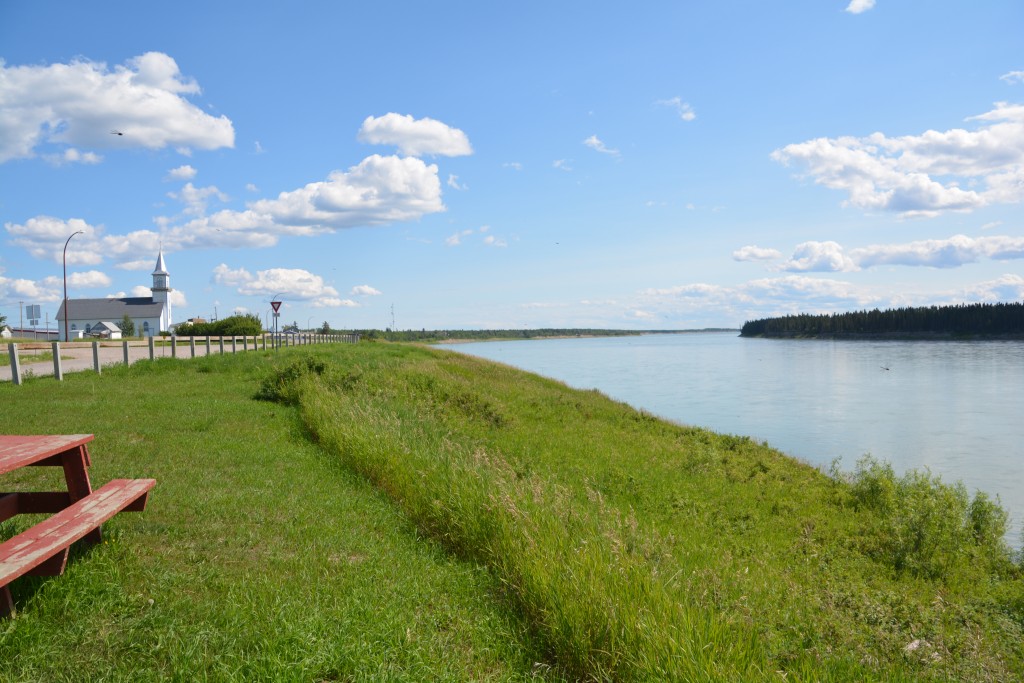
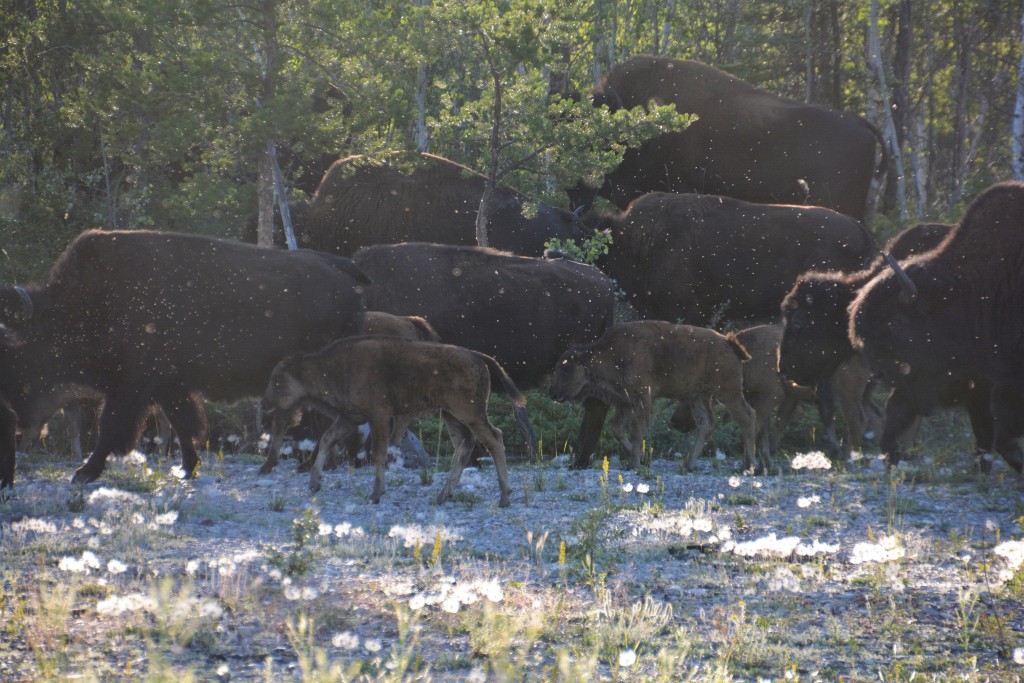
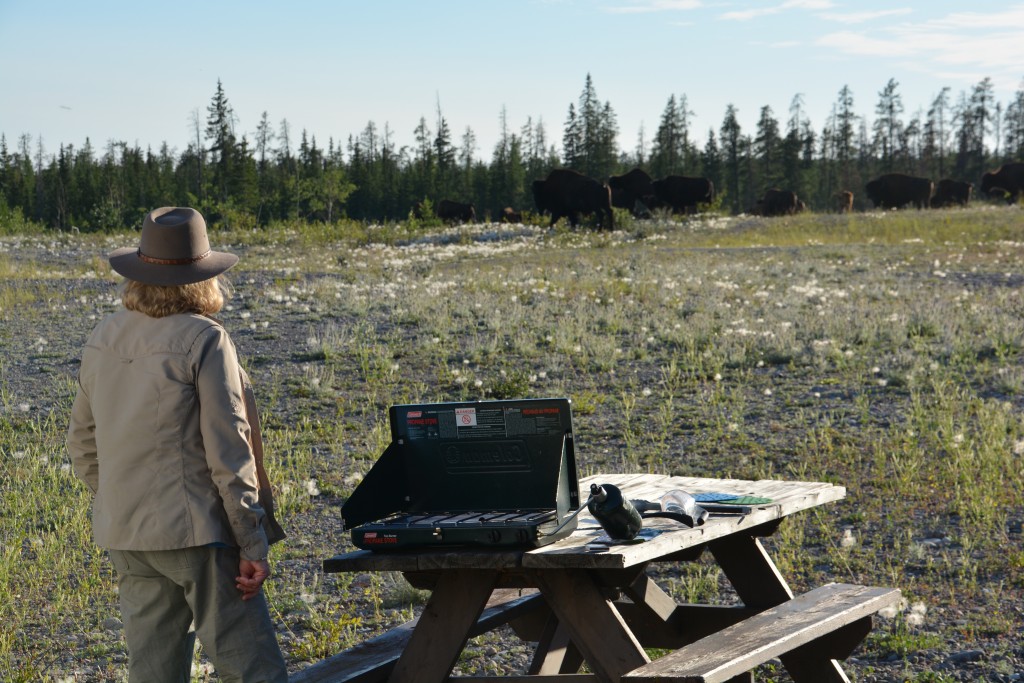
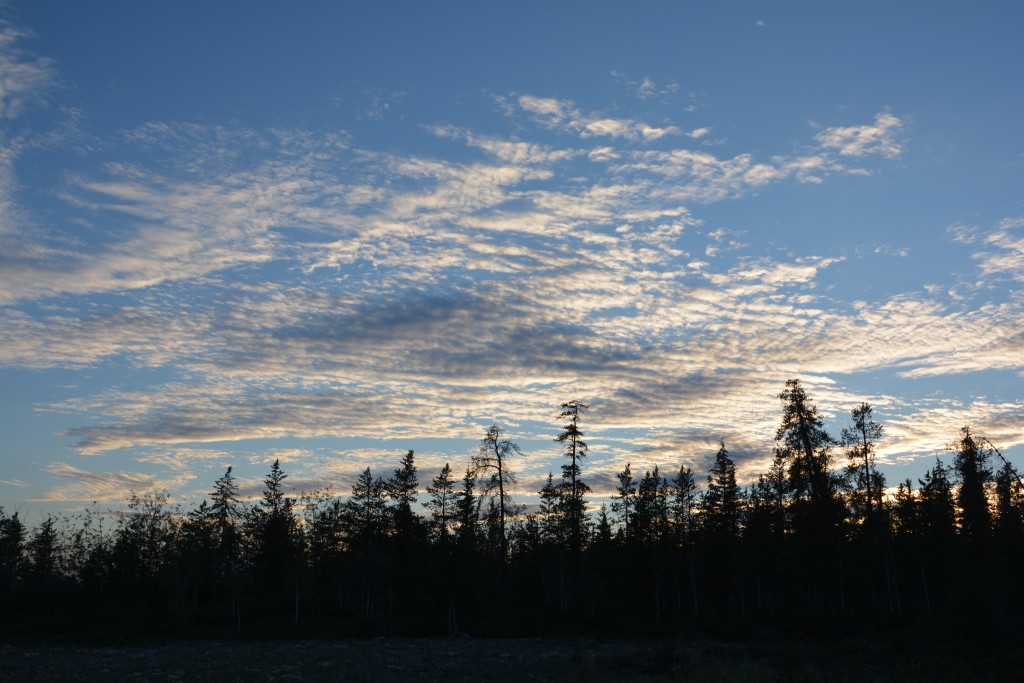
Comments
Above the 60th — No Comments
HTML tags allowed in your comment: <a href="" title=""> <abbr title=""> <acronym title=""> <b> <blockquote cite=""> <cite> <code> <del datetime=""> <em> <i> <q cite=""> <s> <strike> <strong>